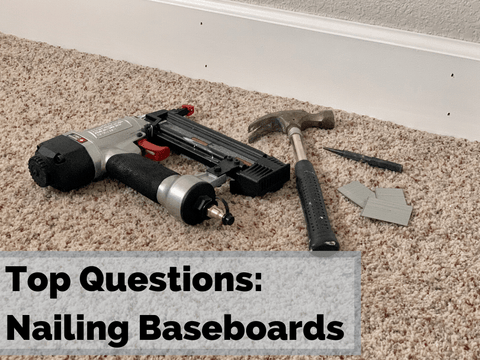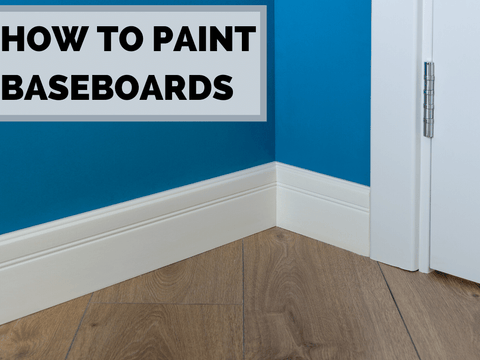If you are installing baseboard or molding, eventually you will encounter an angle. While it is possible to cut angles on any type of saw, a power miter saw, or miter box possesses all of the features to meet any situation you might encounter.
What Type of Miter Saw to Cut Baseboards
You will need at least a standard chop saw with a miter turntable, but you will probably prefer a compound miter saw as it gives you more options with a bevel. These two features (miter and bevel) allow you to cut different angles, and if a situation presents itself, make a compound cut for two angles. A compound cut allows you to simultaneously use the miter and the bevel.
Miter Setting (Turntable):
The turntable swings back and forth to at least 45-degrees in either direction and is featured on both chop saws and compound miter saws. The miter cut is designed for cutting from the top of the baseboard.
Bevel Setting:
With a bevel, the blade can be flopped to one side (unless you have a dual compound miter saw, then it can go to both sides) anywhere between 0-45-degrees. When the bevel setting is used, the cuts are being applied directly to the face of the baseboard. This can be used when your baseboard is too tall for the miter saw.
How To Cut Corner Baseboards
Baseboard corners, using a compound miter saw, can be cut different ways depending on the angles. Scroll through the slider for your corner baseboard cut.














